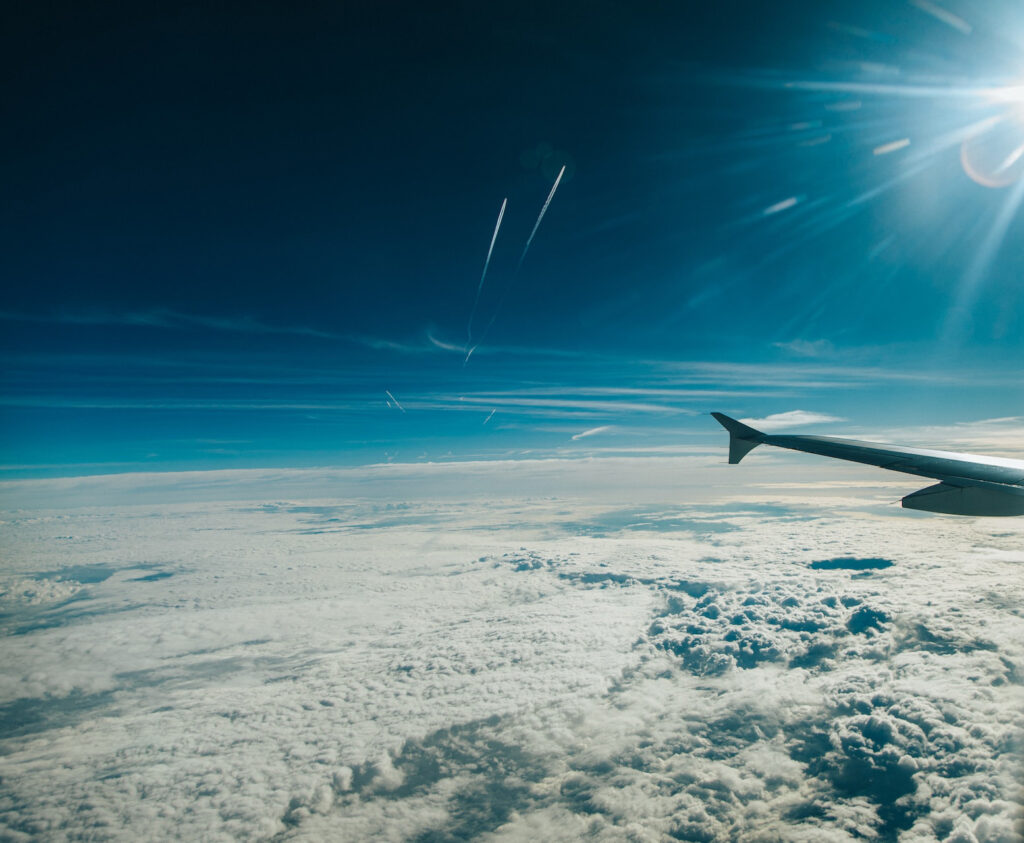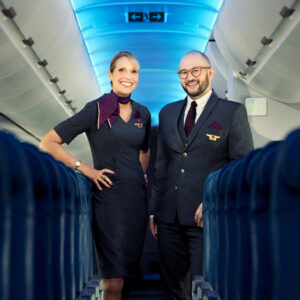Ever wondered about the hidden aspects of being a cabin crew member? One question that often pops up is, “Are cabin crew exposed to radiation?” Let’s dive into this topic and see what’s really going on up there in the skies.
Cosmic What Now?
Cosmic ionising radiation might sound like something out of a sci-fi movie, but it’s a reality for anyone who spends time in the sky. This radiation comes from outer space and is more intense at higher altitudes. It’s always there, but solar flares can ramp it up a notch.
Health Risks – Should We Be Worried?
The World Health Organisation has linked ionising radiation to cancer and reproductive problems. But what about cosmic ionising radiation? The jury’s still out on that one. However, studies have shown that female cabin crew members have higher rates of breast cancer than the general population. Could cosmic rays be the culprit? More research is needed to find out.
How Much Radiation Are We Talking About?
According to the National Council on Radiation Protection and Measurements, aircrew cop the highest average annual dose of radiation out of all US workers exposed to radiation. The estimates vary, but the annual dose for aircrew can be up to 5 mSv. That might not mean much to you, but let’s just say it’s more than what most of us on the ground are exposed to.
Reducing Exposure – What Can Cabin Crew Do?
There are ways for cabin crew to reduce their exposure to cosmic radiation. They can opt for shorter flights, fly less often, and try to stay below 30,000 feet. Sunscreen and protective clothing can also help, as can getting a baseline radiation dose before starting a flying career.
Conclusion
So, to wrap things up, when we ask, “Are cabin crew exposed to radiation?”, the answer is a definite yes. But don’t worry, with the right knowledge and precautions, our sky heroes can manage these risks and keep doing their amazing work.
Frequently Asked Questions
How much radiation do flight attendants get exposed to?
Flight attendants are exposed to varying levels of cosmic ionising radiation, depending on factors such as flight altitude, latitude, and duration. The National Council on Radiation Protection and Measurements reports that aircrew have the largest average annual effective dose of all US radiation-exposed workers, with estimates ranging from 0.2 to 5 mSv per year.
Are flight attendants at a higher risk for cancer?
Some studies have shown a higher rate of certain types of cancer, such as breast cancer, among flight attendants compared to the general population. This could potentially be due to their regular exposure to cosmic rays while flying at high altitudes. However, more research is needed to definitively establish this link.
Are there health risks to being a flight attendant?
Apart from the potential risk of radiation exposure, flight attendants may also face other health risks related to their job. These can include circadian rhythm disruptions due to irregular work hours and crossing time zones, exposure to infectious diseases, and the physical demands of the job. It’s important for flight attendants to take care of their physical and mental health, and to follow safety guidelines and precautions.
Do flight attendants wear radiation badges?
While some professions that involve radiation exposure, such as healthcare or nuclear power plant workers, often wear radiation badges to monitor their exposure, this is not typically a requirement for flight attendants. However, some airlines may have their own policies regarding this. It’s always best for flight attendants to check with their airline about their specific safety measures and guidelines.







